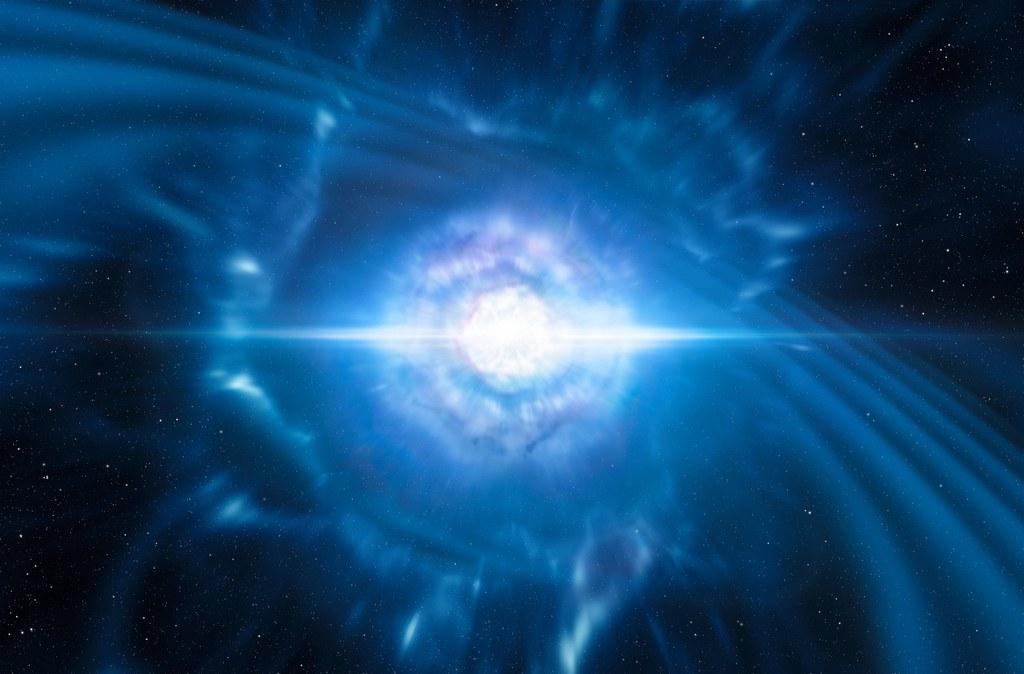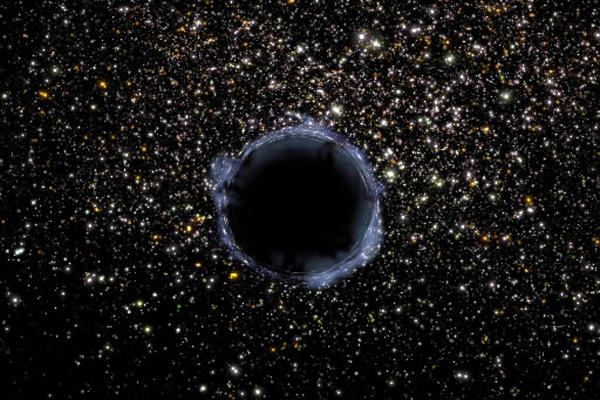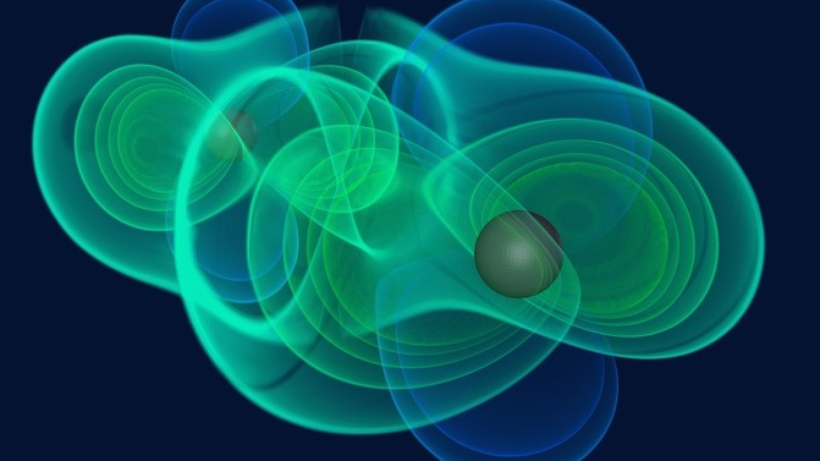Massive star collision unlocks more secrets of the universe

An international team including Swiss researchers has for the first time recorded gravitational waves and light emitted by the collision of two neutron stars. It’s a discovery with groundbreaking potential for astrophysics research.
Carlo Ferrigno, astrophysicist at the Integral Science Data Center (ISDC) at the University of Geneva (UNIGE), says that until the discovery reported on Monday, the idea that two colliding neutron stars can cause huge bursts of electromagnetic energy and gravitational waves was just a theory.
“To test this hypothesis, it was necessary to detect both the gravitational waves and a gamma-ray burst coming from the same area at the same time,” he said.
The opportunity came on August 17, when the LIGO observatory in the United States detected gravitational waves. Two seconds later, the FERMI satellite registered a huge release of energy in the form of a gamma ray burst. A network of research stations around the world was alerted to the event and scientists soon confirmed that the collision and fusion of two neutron stars located 130 million light years from Earth was responsible for creating both the waves and the explosion of gamma rays. The event registered as a so-called kilonova – 1,000 times more powerful than the type of star explosion known as a supernova.
The discovery solves the mystery of where heavy-metal elements like gold and platinum came from.
It also provides further proof of the existence of gravitational waves – very small deformations of space and time generated when large masses collide. Physicist Albert Einstein predicted their existence in 1916 with his theory of general relativity.
The 2017 Nobel Prize for Physics went to an American team at LIGO, or the Laser Interferometer Gravitational-Wave Observatory, for the detection of gravitational waves. However, until the August 17 kilonova event, gravitational waves had only been detected as a result of colliding black holes.
Thousands of researchers and institutions spanning the globe were involved in the discoveries announced on Monday. In Switzerland, they included scientists at the universities of Geneva and Zurich.

In compliance with the JTI standards
More: SWI swissinfo.ch certified by the Journalism Trust Initiative


You can find an overview of ongoing debates with our journalists here. Please join us!
If you want to start a conversation about a topic raised in this article or want to report factual errors, email us at english@swissinfo.ch.